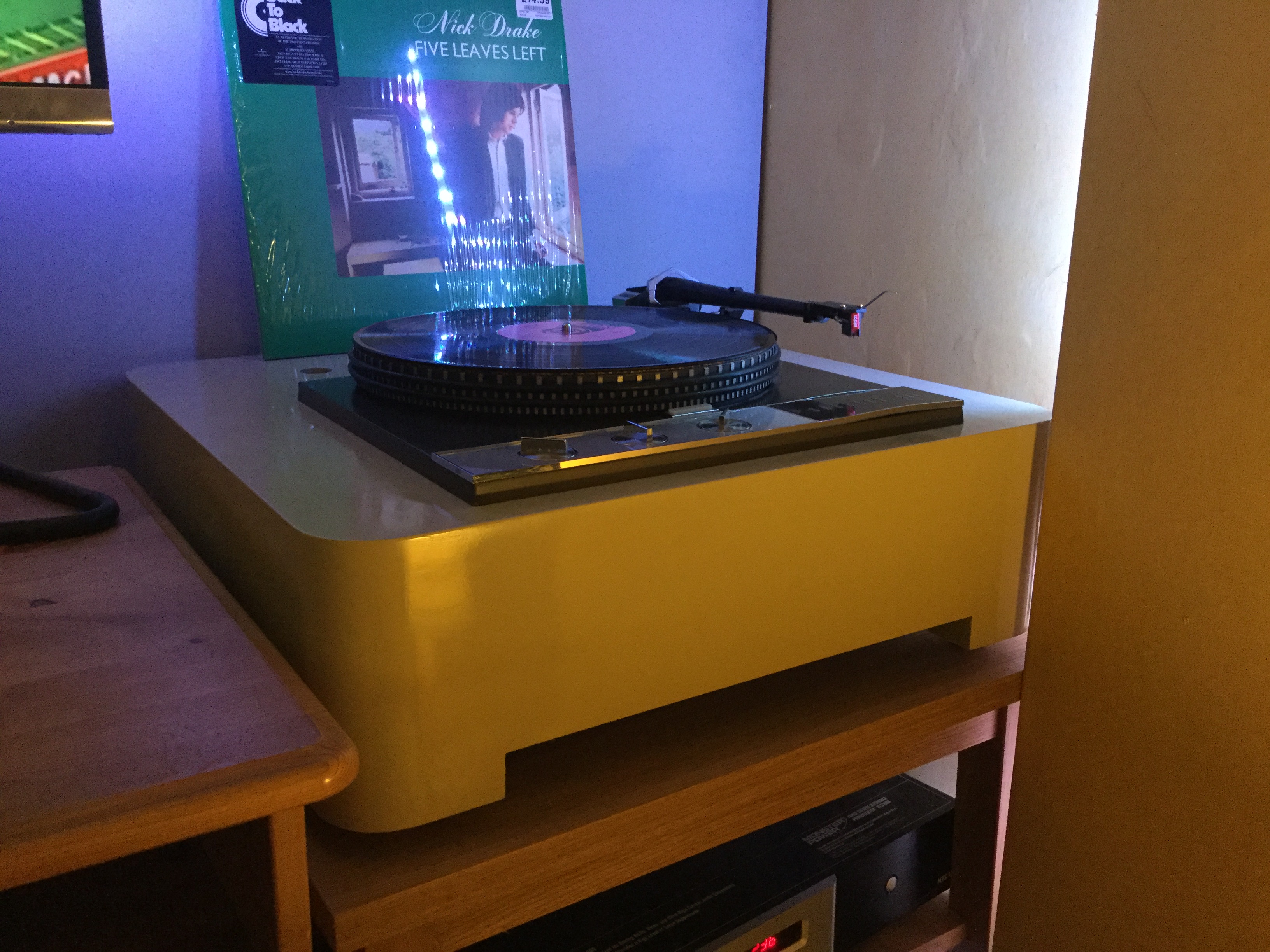Hi Again all,
I wanted to chime in again on my progress with the record cabinet and ask a few questions again.
I ended up using 19mm oak veneered blockboard.
At first I tried out some of the 1mm iron on edge banding stuff and whilst it looked really convincing I thought it felt pretty delicate and Im not used to not being able to profile the edge and since this cabinet is fairly basic in terms of design a few chamfers wouldn't go amiss I thought. I have now added solid oak lipping on all the panels which I feel was time well spent and brought the quality up a notch.
So far I have completed the easy biscuit joinery (dry fitted) for all the carcass of this project and added a recess for the back. (5mm oak veneer plywood)
now just need to build some quick supports for the kick board area underneath and finally the shelving.
As advised in this thread I am going to try doing some stopped rabbits/housing to fix the shelving in place.
I understand this has significant strength benefits for heavier items such as records.
I am pretty daunted by the process at the moment and would obviously rather biscuit the shelves in or use shelf pins to play it safe.
my concerns are as follows. with the material only being 19mm thick and the need for parallel housings on both faces of some panels what amount of material can I get away removing?
I thought 5mm depth seemed a reasonable amount leaving 9mm in the middle of the panel which seems a bit fragile although I guess once the shelves are in and glued that won't be an issue any more.
next is the method.
I have found several youtube videos for making exact fitting rabbit/ housing jigs involving sandwiching and clamping two pieces of mdf or template material either side of the stock removing the piece leaving the desired width and placement, then using a top bearing guided flush mortising bit to clear out the waste leaving behind the exact area of groove recessed.
I experimented with this last night on some test material and only had a flush top bearing guided bit with quite a bit of cutting depth meaning I had to use 25mm material for a template to get the shallow depth I need.
the thicker 25mm template stock was not ideal and made it hard to make small adjustments and the router could easily clip and damage the template when plunging.
my first few results were pretty rubbish resulting in a sloppyish fit and visisible gaps on the edges.
my last attempt I clamped a bit tighter and got an exact thickness replica.
I had to bash the test shelf in to position/submission.
I guess with a bit of sanding this would help and the veneer was quite brittle when hammering the piece home.
I guess what I am most worried about is I when try to insert the shelves once the biscuit jointed carcuss has been glued and the fit of the adjacent housings being slightly off
it seems the room for error of tolerances seems to be none if the opposite housing is half a mm out of from the other them I'm going to have a hard time squeezing the shelves in unless the housing is made intentionally a little lose.
my notches were pretty rubbish but this is something I can work on in pratice.
I have since ordered this bit from cmt with a much shorter cutting area and more suited for this job and removing hinge areas. I will do a few more tests with this piece.
If anybody has any advice from doing this sort of operation or advice in general thatI would be greatly appreciative. so far this forum has been such a great pool of knowledge to draw from.
best regards,
Nick














































